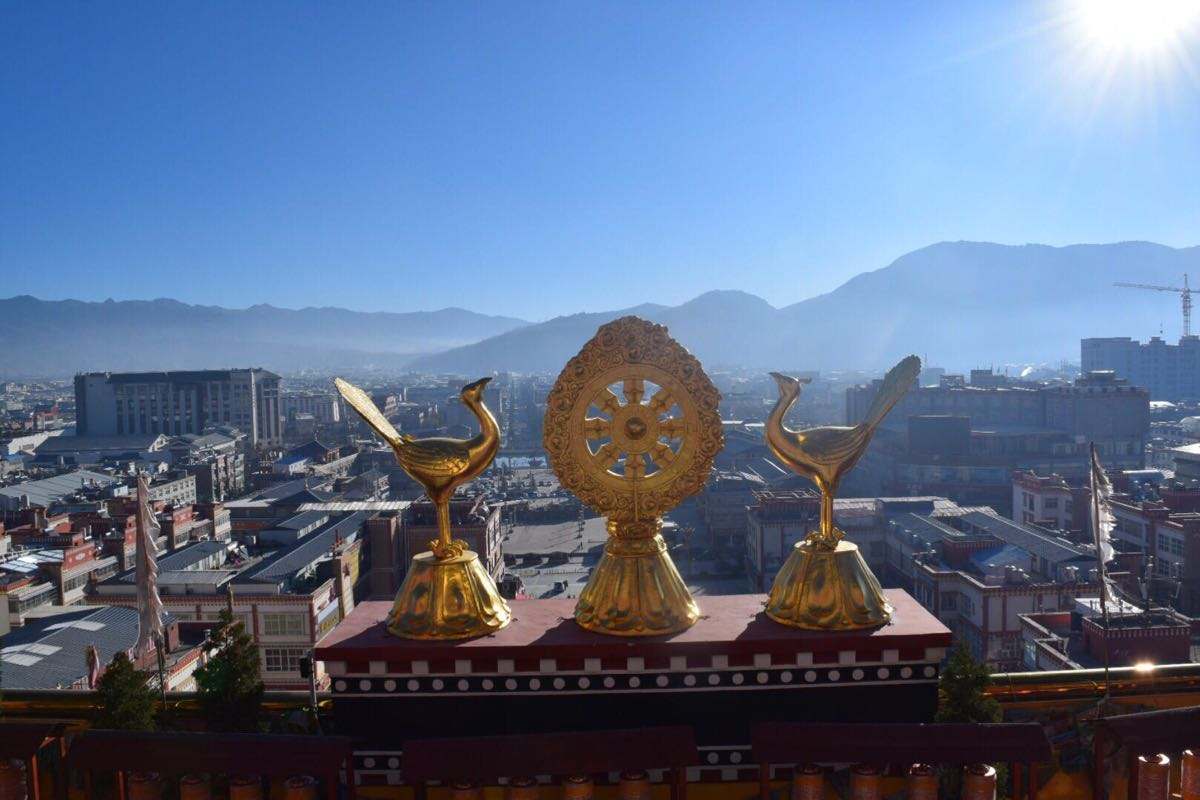24 Hours Hotline: +8613735411378
Email:[email protected]
24 Hours Hotline: +8613735411378
Email:[email protected]

Overview
Shangri-la county is located in the triangle area of Yunnan, Sichuan and Tibet in the northwest of Yunnan Province. It is located in the hinterland of Diqing Shangri-la. It runs 315 kilometers along the Yunnan Tibet highway from Dali to the central town of Zhongdian County, the capital of Diqing Tibetan Autonomous Prefecture, and 659 kilometers away from Kunming.
Shangri-la is located in the Hengduan Mountains in the southeast of the Qinghai Tibet Plateau, where several major rivers in Asia flow. These rivers have carved for thousands of years, creating a large area of almost the only majestic natural landscape in the world.
Story
During the Second World War, American pilots were "lost" in a small valley in a tributary of the Jinsha River north of Tiger Leaping Gorge. The strange and wonderful natural scenery made the pilot completely forget the fear that he had just broken away from the hand of death, and blurted out that this was a unique place in the world. Since then, the word "Shangri La" is famous all over the world.
History
Shangri la was originally named Zhongdian, and it is called "Jiantang" in Tibetan. It is said that Jiantang, Batang and Litang are the fiefdoms of the three sons of the Tibetan king. "Dian", which means "Bazi" and "Pingdi", is "the residence of the chief" or "the place where yaks are raised". Shangri la is the Tibetan language of Diqing, which means "the sun and moon in the heart".
The earliest history of Shangri La can be traced back to the Han Dynasty, when Shangri La was only a place to raise yaks. Until the early Tang Dynasty, Shangri La began to be divided into county-level administrative units by the government, and the residents here also began to have a formal identity. In the middle of Ming Dynasty, it was renamed Zhongdian and divided into Lijiang. After the Qing Dynasty, Yunnan general Wu Sangui gave Zhongdian to the Dalai Lama, the supreme leader of Tibet. At the same time, Lijiang Prefecture was established and jurisdiction over Zhongdian was strengthened.
During the period of the Republic of China, Zhongdian returned to the jurisdiction of the government of the Republic of China and renamed Zhongdian county. Until 1956, after the peaceful liberation of Zhongdian, the Chinese government officially established Diqing Tibetan Autonomous Prefecture, and renamed Zhongdian Shangri La, which has continued to this day.
Prev: No previous link
Wechat: Chinaprivatetour
24 Hours Hotline:
+8613735411378
1 to 1 tailor-made service from our professional travel advisors for the most sophisticated
Constantly excellent reviews for attraction, hotel and service Competitive price
Local experts provide quality tours Best selected knowledgeable local guides Authentic local restaurants
7*24 hours available to create you a worry-free tour. No Hidden Fees and absolutely no pressure to buy. Secured







